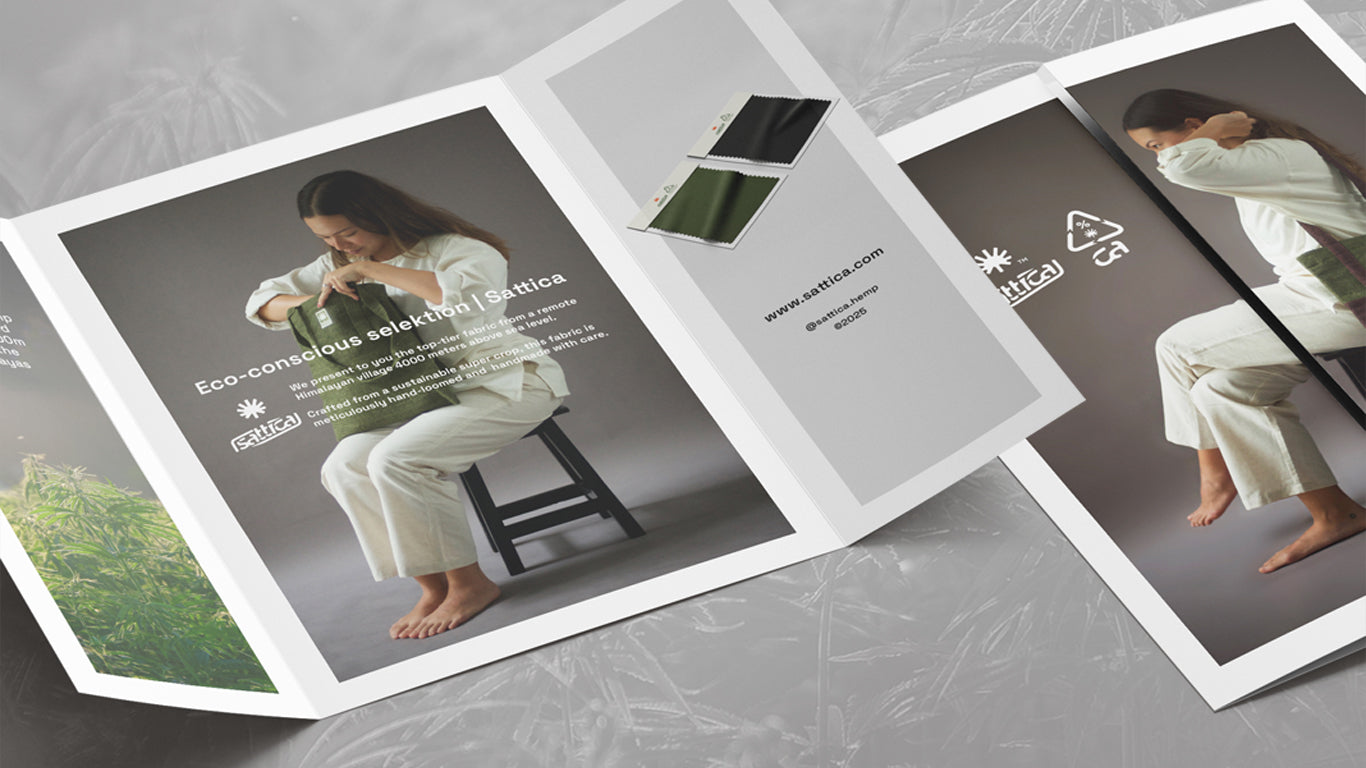
Frequently Asked Qs
What is hemp?
Hemp is a versatile plant from the Cannabis sativa species. It's known for its strong fibers and has various uses, including making textiles, ropes, paper, biofuels, and even certain foods. Unlike marijuana, hemp contains very low levels of THC, the psychoactive compound that causes a "high," making it unsuitable for recreational drug use. Instead, hemp is valued for its industrial and commercial applications.
Why hemp?
Hemp is a sustainable, versatile plant with strong fibers, ideal for eco-friendly textiles, paper, and biodegradable plastics. It grows fast, requires less water and pesticides, and improves soil health. Hemp also offers nutritional seeds and has low THC levels, making it unsuitable for recreational drug use.
Is hemp legal?
Hemp fabric is legal globally. Distinguished from marijuana by its low THC content, hemp is widely accepted for industrial use. This legality stems from hemp's non-psychoactive nature, making it a popular choice for eco-friendly textiles without the legal concerns associated with marijuana-based products.
How is hemp made?
Hemp fabric is produced from the long fibers of the hemp plant's stalk. These fibers are harvested, retted, and dried to separate them from the stalk. They are then carded to align the fibers before being spun into yarn. This yarn is woven or knitted to create hemp fabric.
Why Nepali hemp?
Nepali hemp, sourced from the Himalayas, is renowned for its exceptional durability and sustainability. Handcrafted by skilled artisans, it supports local communities and preserves traditional methods. Its robust, eco-friendly nature makes it ideal for high-quality, environmentally conscious products, aligning with global trends towards sustainable and ethical materials.

!!!
Sattica uses hemp fiber from the plant's stem, not its flowers like marijuana, ensuring no psychoactive effects. Burning hemp fabric or wearing hemp clothes won't make you high. We prioritize hemp-based products for their strong natural fibers. Sattica does not endorse the recreational use of marijuana and is not associated with it.
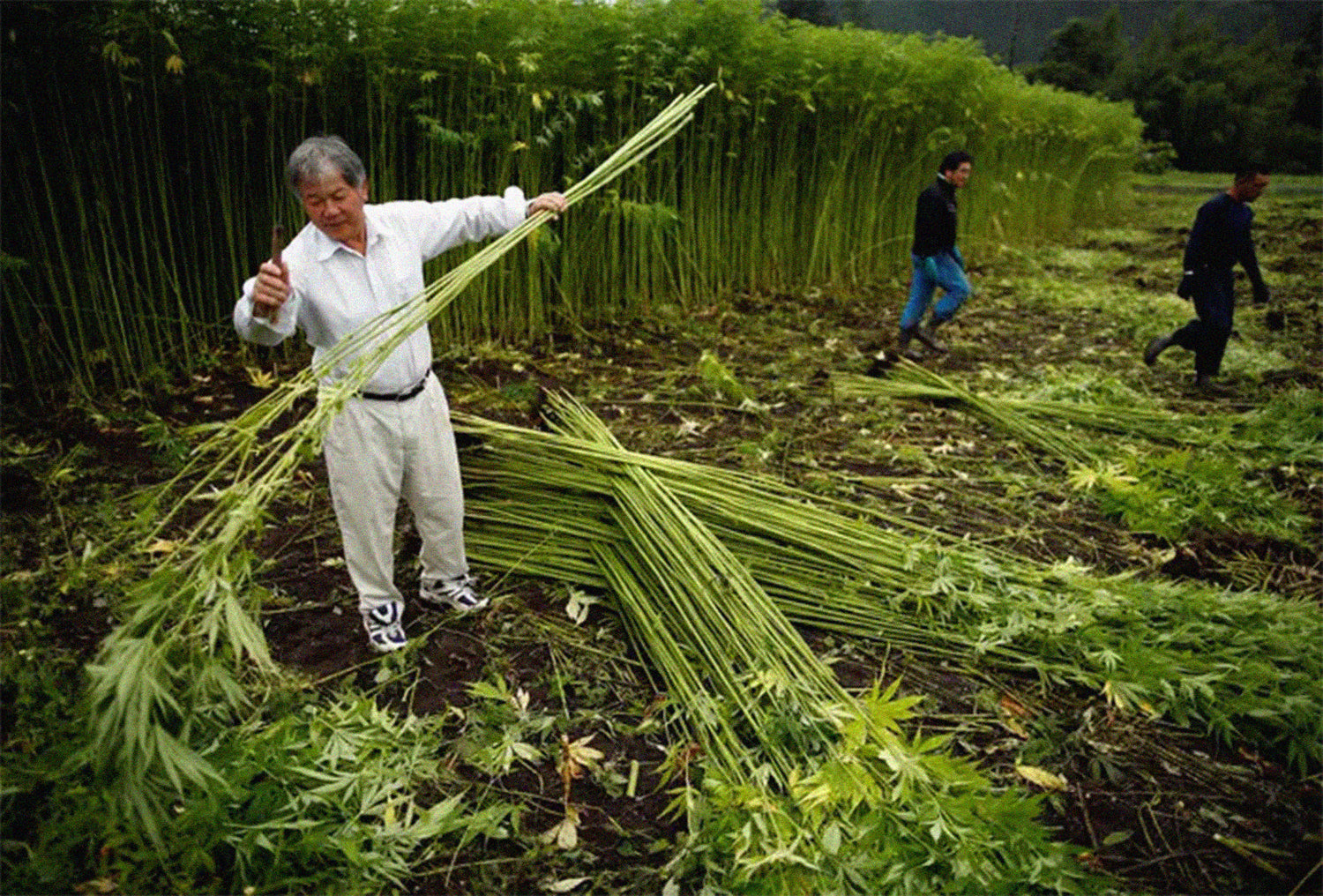
material process
Harvesting
The process of making hemp fabric starts with cultivating hemp plants, which mature in 3 to 4 months. Harvested stalks undergo retting, breaking down the outer layer to access fibers. Retting, done by water or field methods, is crucial for fiber quality determination.
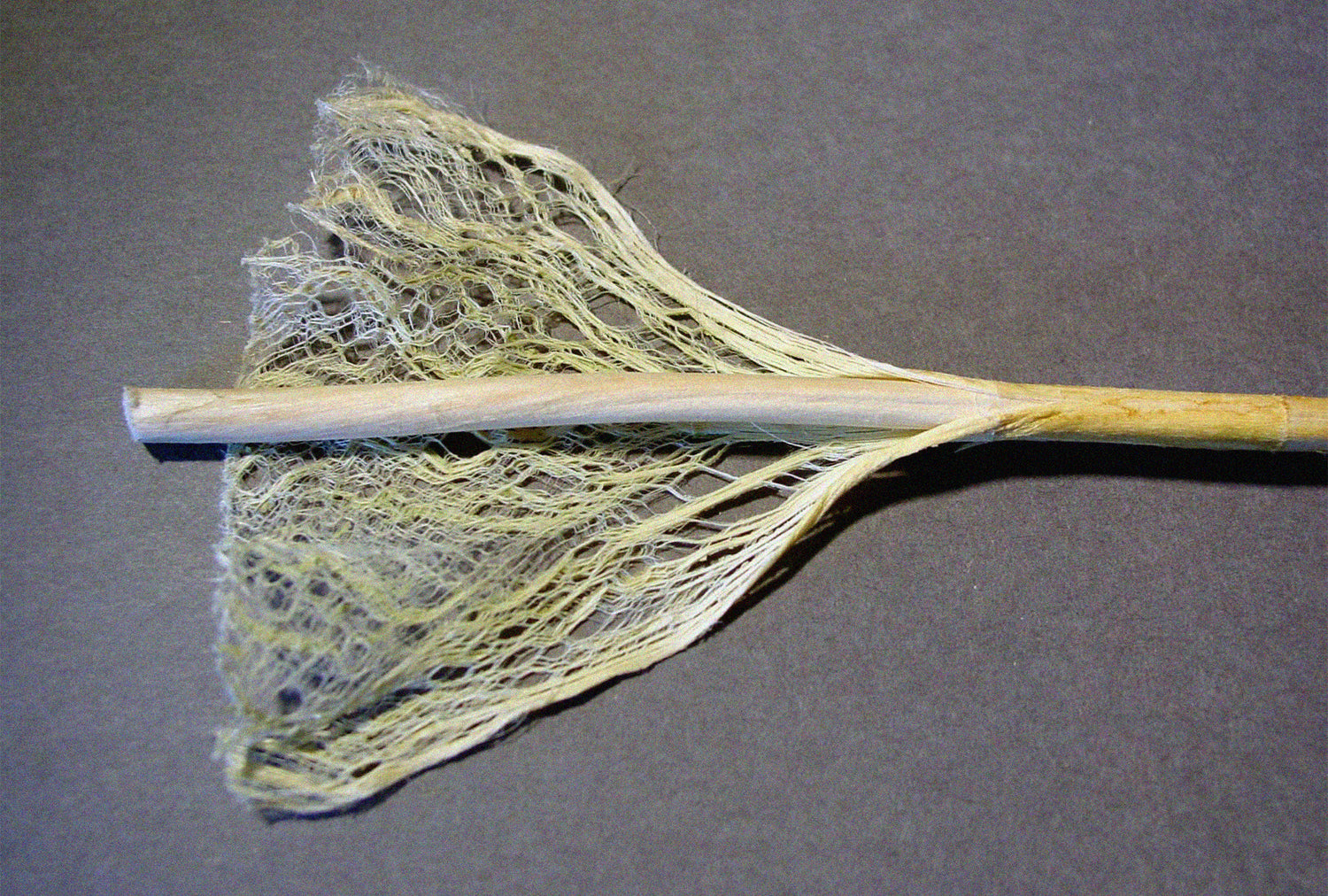
material process
Fibers separation
After retting, the stalks are dried and crushed to separate fibers from the woody core. These fibers are then hackled, aligning and cleaning them to produce long, straight strands for further processing.

material process
Weaving into fabric
The final steps include spinning fibers into yarn and weaving or knitting to create hemp fabric. Post-production treatments like dyeing enhance its appearance and texture, showcasing hemp's strength, durability, and eco-friendliness due to its low pesticide and water requirements.
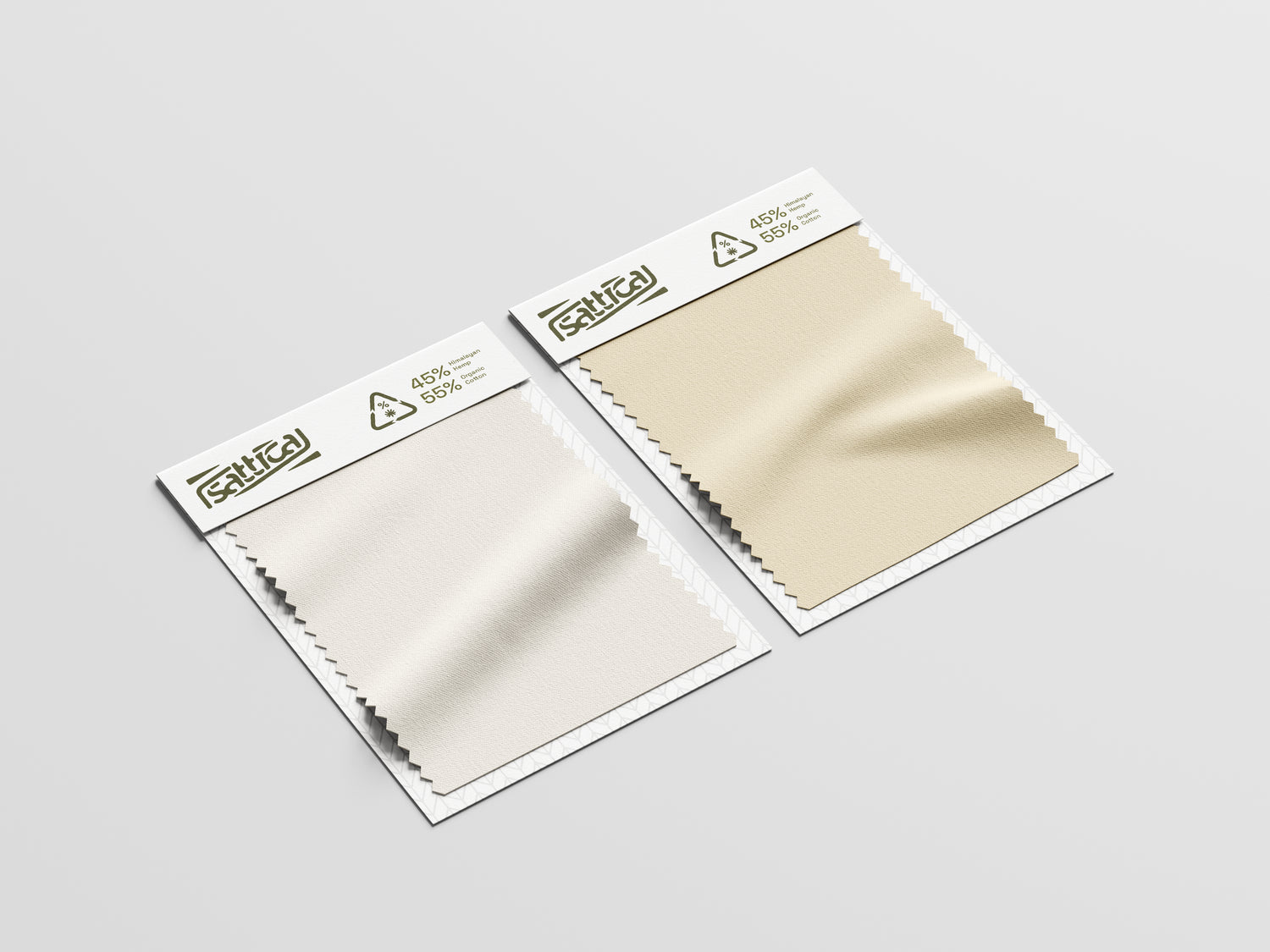
Design process
Research & discovery
Ideas and concepts often stem from our immediate environment. Our 2023 inaugural collection was profoundly influenced by the rich colors of the stupas and temples in Thamel, where our factory is located. This area's old-world charm, combined with the nostalgic ambiance of being situated within a UNESCO World Heritage Site, greatly enriched our creative process.

Design process
Concept development
The development of our product designs is centered on enhancing the functionality and usefulness of everyday objects. We are inspired by the multifunctionality of the Swiss Army knife, striving to achieve a balance between practicality and versatility, while being careful not to overextend into the realm of becoming a '3-in-1 shampoo' type of product.
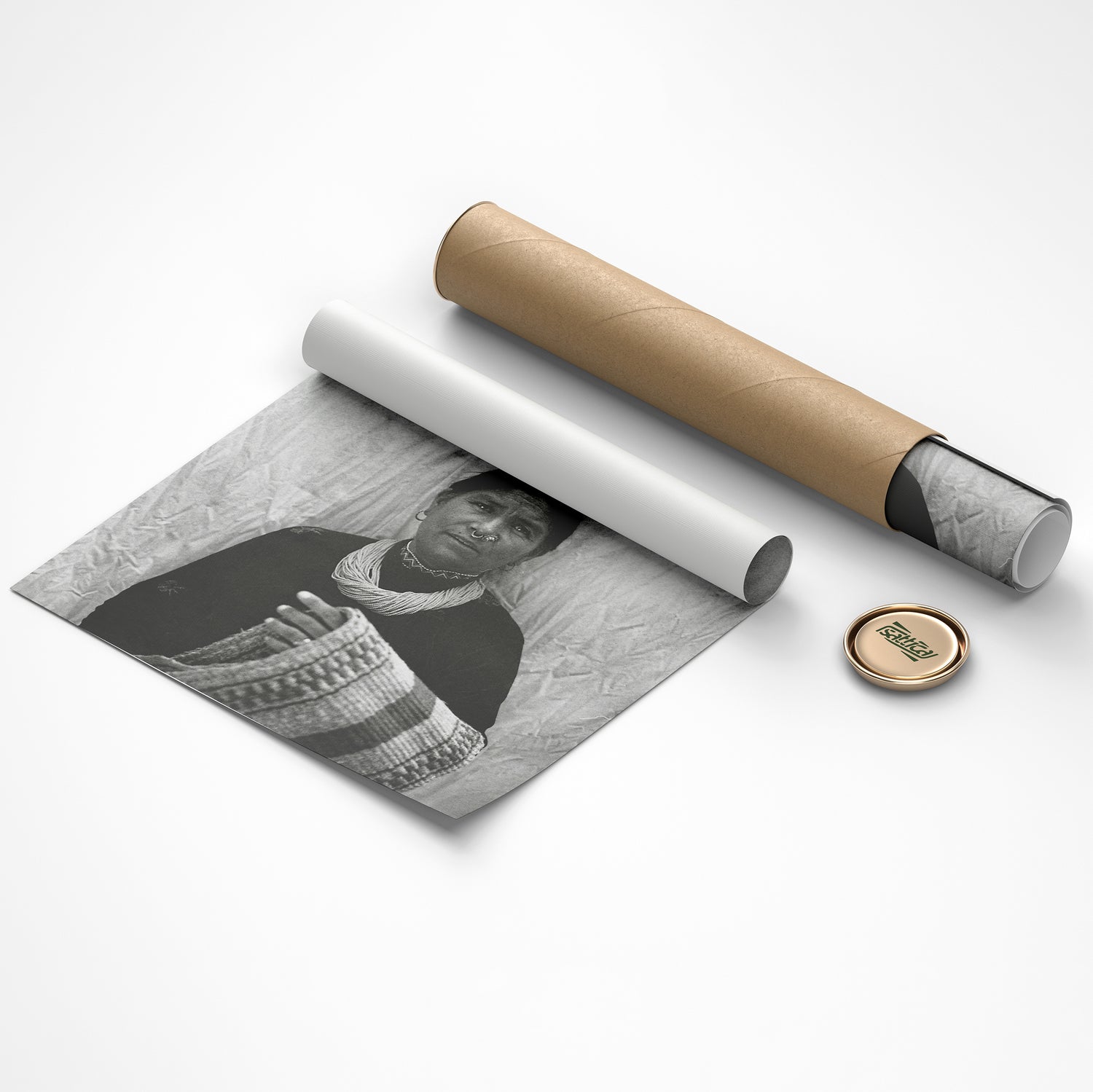
design process
Prototyping & testing
When it comes to developing and evaluating our hemp-based products, checking off one box is clear: the use of arguably the strongest natural fibers assures quality. Nonetheless, we rigorously test our products, especially those involving printed and dyed items using natural pigments, which can be tricky. We uphold the belief that Good design is as little design as possible.
